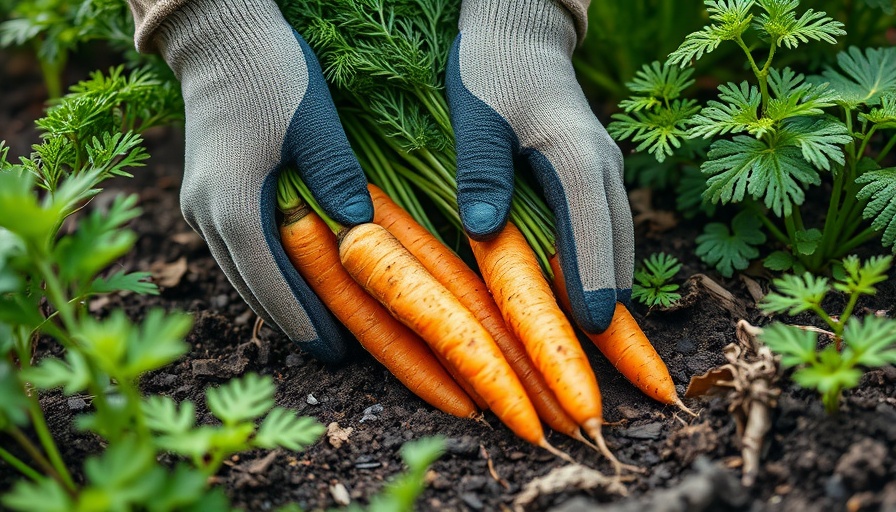
Embracing Fall: Your Guide to Vegetable Planting in Zones 9/10
As summer sizzles into memory, the anticipation of a productive fall garden begins to bloom. For residents of North County San Diego, knowing how to effectively plant vegetables for the cooler months can turn your gardening efforts from a seasonal chore into a delightful experience filled with autumn's bounty. In Zones 9 and 10, fall vegetable planting presents unique challenges and opportunities, particularly as temperatures begin to cool but still hover above the swelter of summer.
The Seasons Shift: Understanding Your Growing Periods
California's Zones 9 and 10 aren’t bound by the typical seasonal transitions of spring, summer, fall, and winter. Instead, they present a more nuanced approach with two primary growing periods. Understanding this shift is crucial:
- Warm Season: March to August - This is when heat-loving crops like melons, peppers, and tomatoes flourish.
- Cool Season: Late August to late April - Perfect for your fall favorites such as leafy greens, root vegetables, and hearty herbs.
By recognizing these cycles, local homeowners can cultivate a successful fall garden while understanding what to plant and when.
The Best Fall Vegetables to Plant in Zones 9/10
It’s time to get planting! With the right vegetables, you'll create a garden that flourishes in the cooler months. Here’s your go-to list of seasonal heroes:
- Leafy Greens: Spinach, kale, and Swiss chard are nutritious and thrive in the cooler temperatures.
- Root Vegetables: Carrots, beets, radishes, and turnips. These hardy crops are perfect for fall planting.
- Brassicas: Broccoli, cauliflower, and cabbage not only prefer cool weather but are also versatile in the kitchen.
- Herbs: Cilantro and parsley can often handle cooler temps, bringing freshness to your table.
By focusing on these plants, you can create a thriving fall garden yielding nutritious harvests long into winter.
Practical Tips for Planting in Zones 9/10
Don’t let the heat of summer derail your fall planting strategy. Here are some tips to set you up for success:
- Timing is Everything: As the summer heat fades, begin planting your fall crops around late August. This ensures they settle in before cooler weather sets in.
- Soil Preparation: Invest in good quality soil. Adding compost can enhance nutrient levels, setting up your vegetables for a healthy growth cycle.
- Choose the Right Location: Select areas in your garden that receive ample sunlight while also being mindful of wind exposure which can be harsher in fall.
These practices will lead to a more productive, resilient garden.
Community Support in Gardening
For many residents of North County, gardening isn’t merely a hobby but an avenue for community connection. Joining local gardening groups can offer support and inspiration. Resources such as farmer's markets or community gardens not only provide invaluable advice but can also turn neighbors into friends. Gardening builds connections rooted in a shared love of nurturing life.
Looking Ahead: The Bounty Beyond Fall
While we dive into fall vegetable planting, it's essential to think towards the future. What comes after your fall harvest? Planning for winter vegetables can keep your garden flourishing year-round, expanding your skills as a gardener.
By embracing local planting schedules and making the most of your seasonal crops, it's possible to create a thriving garden despite the challenges posed by summer's residual warmth and early winters.
It's time to get your hands dirty and enjoy the process of nurturing your fall vegetables in Zones 9/10. Opt for a variety of crops, engage with your gardening community, and watch your efforts bear fruit—or rather, vegetables! Now's the moment to cultivate not just a garden, but a haven full of health, sustainability, and joy.
 Add Row
Add Row  Add
Add 




Write A Comment